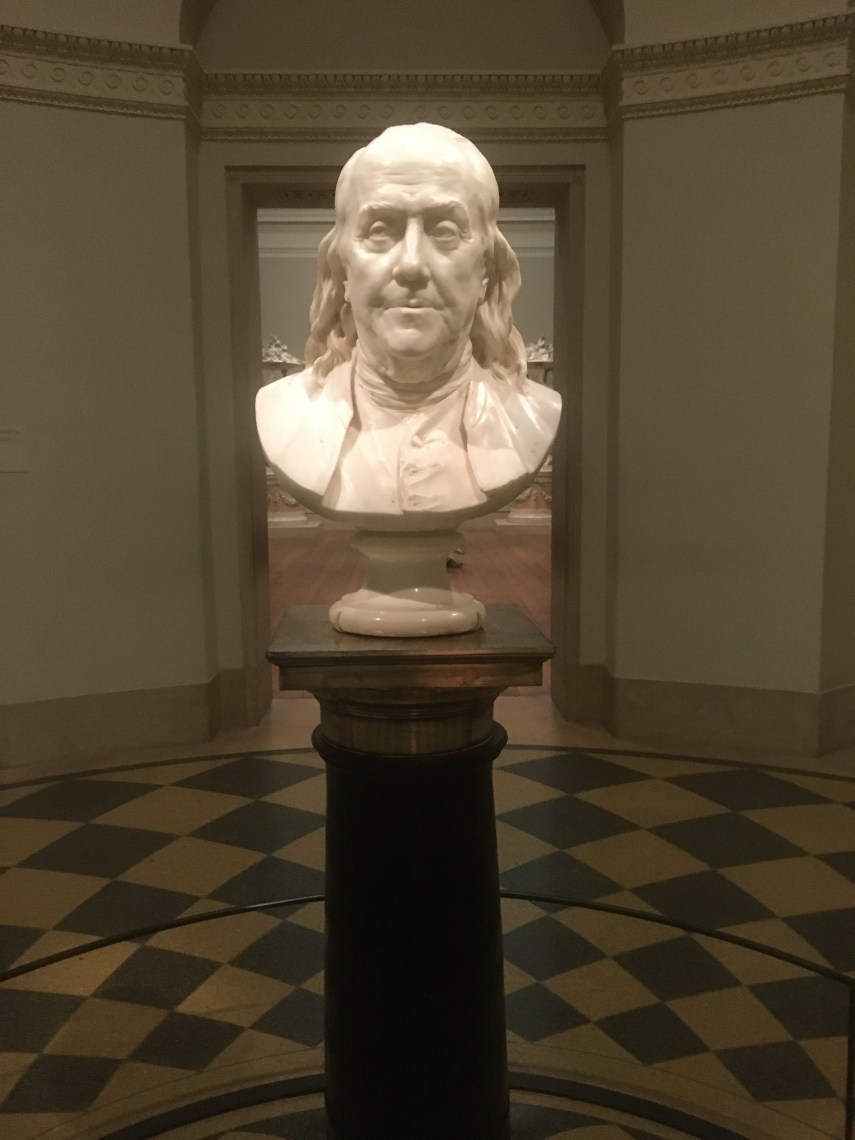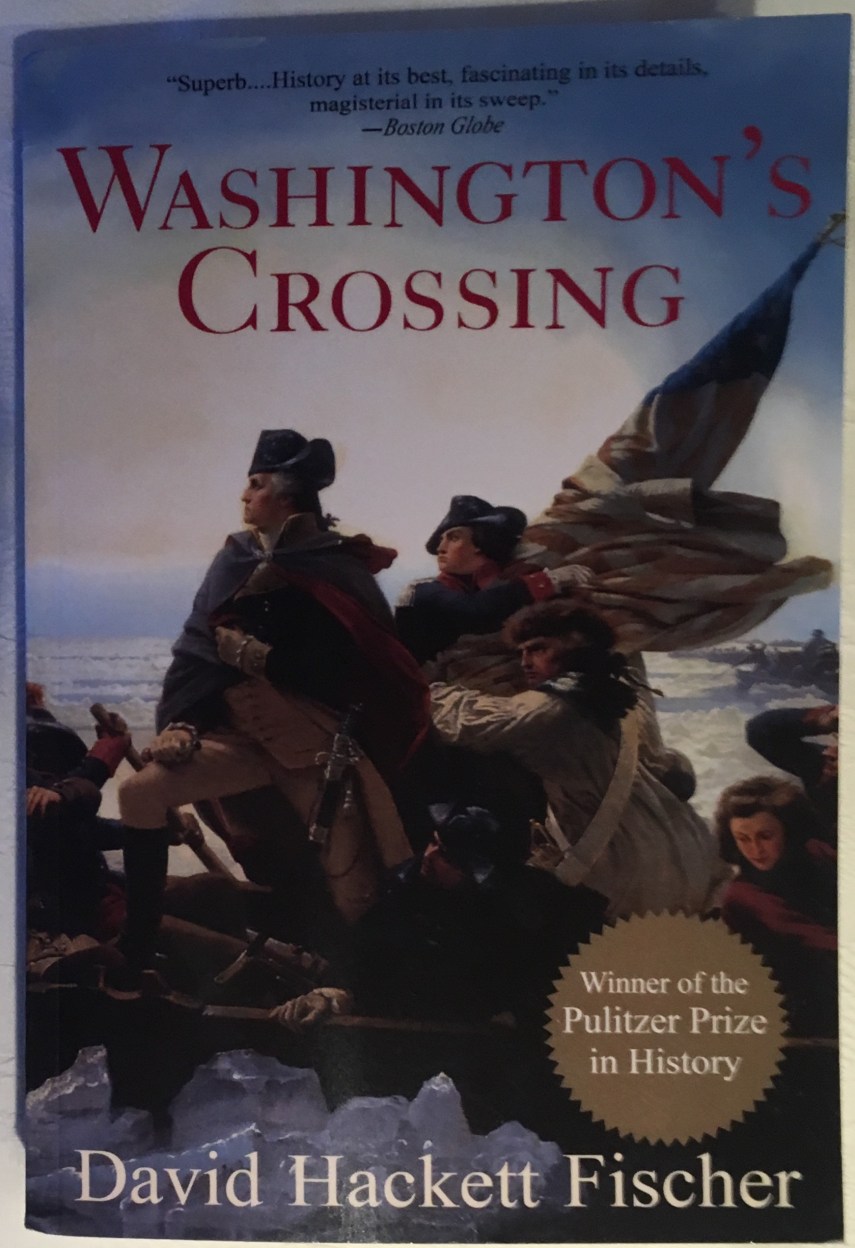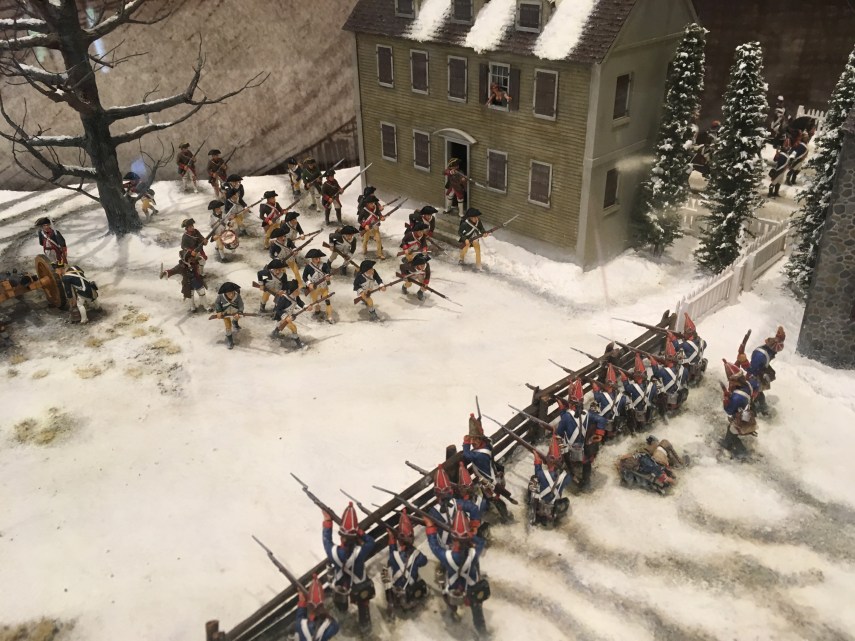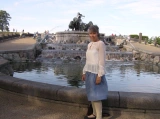A Visit to The Museum of The American Revolution
The American Revolutionary War 1775-1783
With only two whole days in Philadelphia last summer I am glad we managed to see this new museum on the American Revolution on Chestnut Street. Outside it was a lovely summer’s day, though, inside the building, it was like being in a refrigerator. That’s the only thing that I would have liked differently.
So much of the American history origins from Philadelphia and a modern museum about the American Revolution is well placed in the same streets where Benjamin Franklin, Thomas Jefferson, George Washington and many other Founding Fathers walked about. I didn’t know that the war lasted eight years and that the Declaration of Independence was written a year into that war.

Marble bust of Benjamin Franklin in Philadelphia Museum of Art
General Washington got help from Henry Knox to recover Boston from the British Army. Young Colonel Henry Knox and his men dragged 43 cannon and sixteen mortars on ox sledges during the winter/spring 1775/1776 and installed them on Dorchester Heights, from which they could dominate Boston and most of the harbour. The British left when the artillery was in place.

Young Colonel Henry Knox and his men dragged 43 cannons and sixteen mortars during the winter/spring 1775/1776 which helped G. Washington to recover Boston

Young Colonel Henry Knox and his men dragged 43 cannon and sixteen mortars on ox sledges during the winter/spring 1775/1776 which helped G. Washington to recover Boston.

Washington Crossing Delaware painting by Emanuel Leutze, Metropolitan Museum of Art
The picture of George Washington Crossing Delaware painting by Emanuel Leutze is impressive and is used as a cover for a book I later bought. That dark and ice cold Christmas night was a turning point for the outcome of the American Revolution.

Washington Crossing Delaware December 25, 1776, disembarking on the New Jersey shore to launch an attack on Hessian soldiers at nearby Trenton
Here from the Historic Park site of the crossing Christmas Night 1776
Against all odds, Washington and his men successfully completed the crossing and marched into Trenton on the morning of December 26, achieving a resounding victory over the Hessians. By moving ahead with his bold and daring plan, Washington re-ignited the cause of freedom and gave new life to the American Revolution.

Showcase in the museum of the American Revolution on the Battle of Trenton Christmas Night 1776, donated by Thomas Temple Allan

Showcase in the museum of the American Revolution on the Battle of Trenton Christmas Night 1776, by Thomas Temple Allan

A display of The Battle of Trenton donated by Thomas Temple Allan

The March to Valley Forge, December 19, 1777, painted by handicapped William B.T. Trego. The painting and the items below are from the museum
From the homepage on Valley Forge:
The success of Valley Forge also can be measured in longer-term gains. Many regard Valley Forge as the birthplace of the American army. The concepts of basic training, the professionalization of the officer corps, and the rise of the army’s distinctive branches, such as the corps of engineers, all got their start here. The military lessons that von Steuben helped instill served Washington’s veterans well.
At last, the war is won by George Washington and his Continental Army and his French allies with the treaty signed in Paris in 1783.

“The Siege of Yorktown” a large handpainted copy of Lois Charles-Auguste Couder’s original painting in Versailles. This copy is at the museum. General Rochambeau gesturing, General Washington and General Lafayette surrounded by French officers in one of the last significant military actions of the Revolutionary War in 1781.
Who am I to tell you of the American Revolutionary history? I just enjoyed so much to see this museum and afterwards read about the Revolution while putting this post together.
Categories: History, Philadelphia, The American Revolution, Travelling, USA






I know I’ve said this before, but it bares repeating – I am overwhelmed by the fact that you are so interested in US history. I can honestly tell you that you know more about it than most Americans. I can’t thank you enough.
LikeLiked by 1 person
Your comment warms my heart. It’s like a huge hunger for me to know the history and while I visit places the amount of information is overwhelming. At home, I can find out a bit more and write about it
LikeLiked by 1 person
I know how overwhelmed I get, but it is awesome to hear it from someone else. Thank you and Henry!
LikeLiked by 1 person